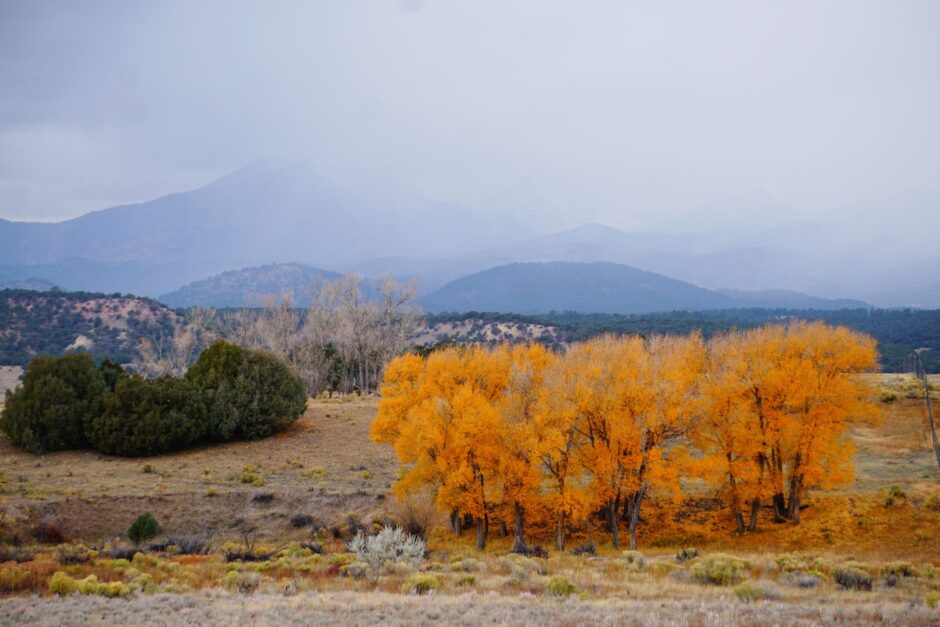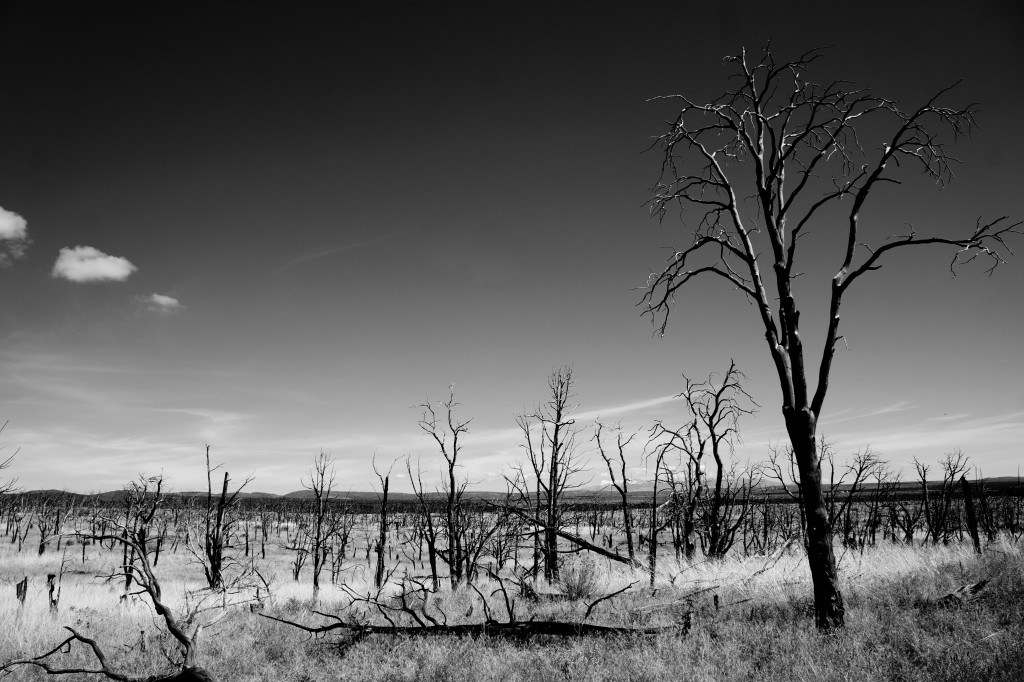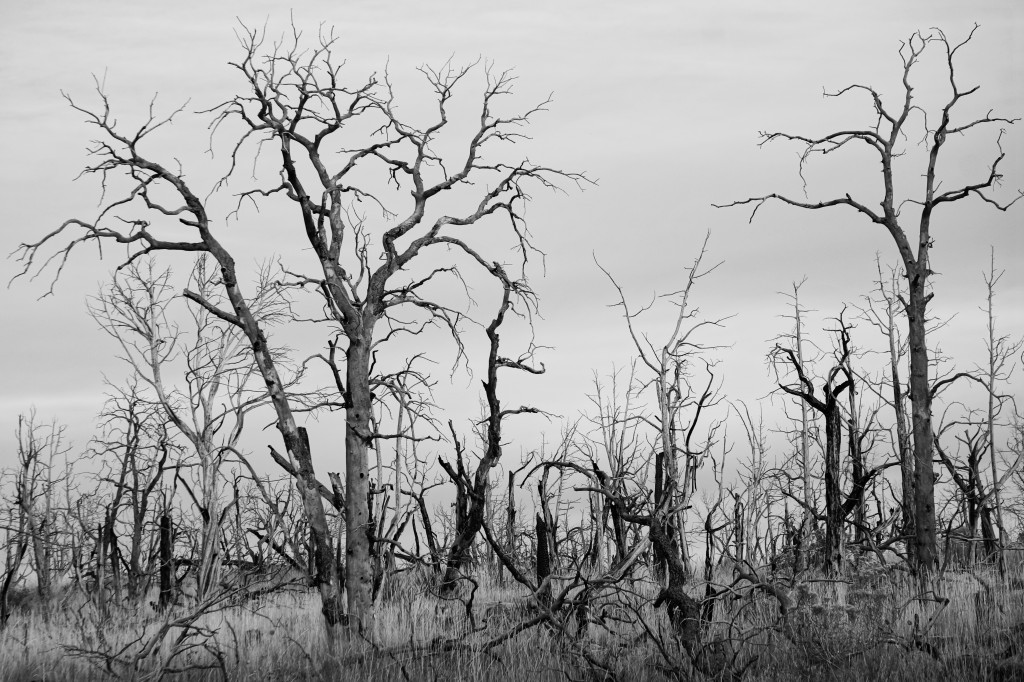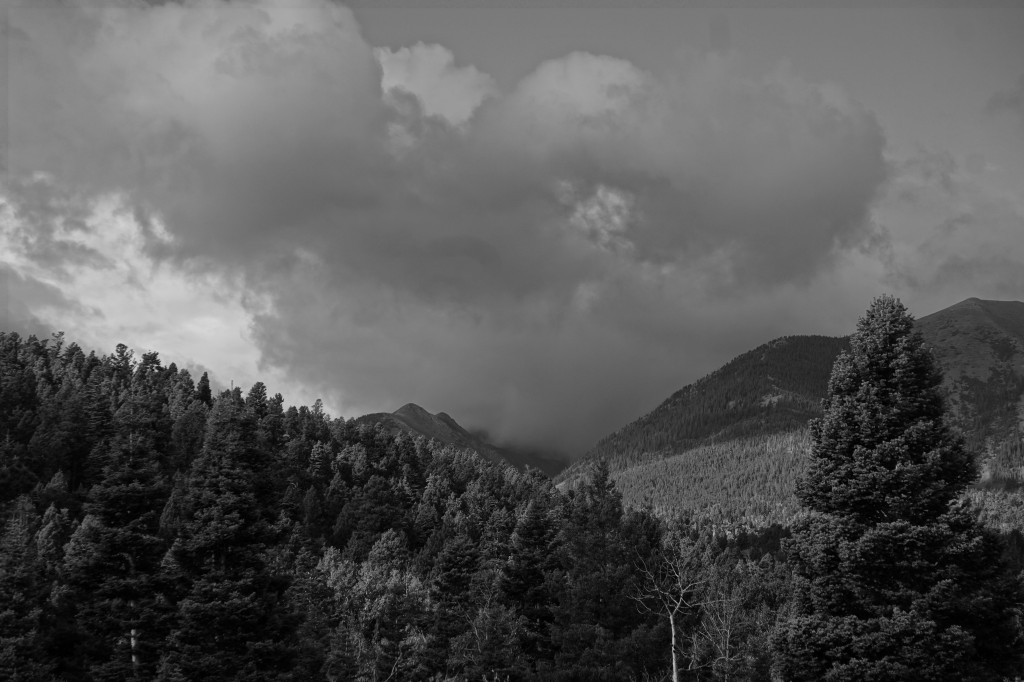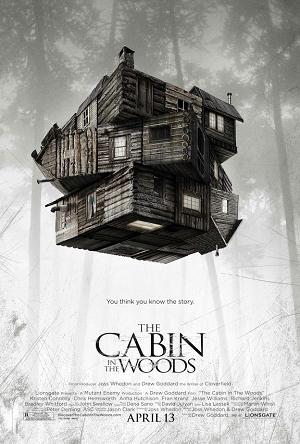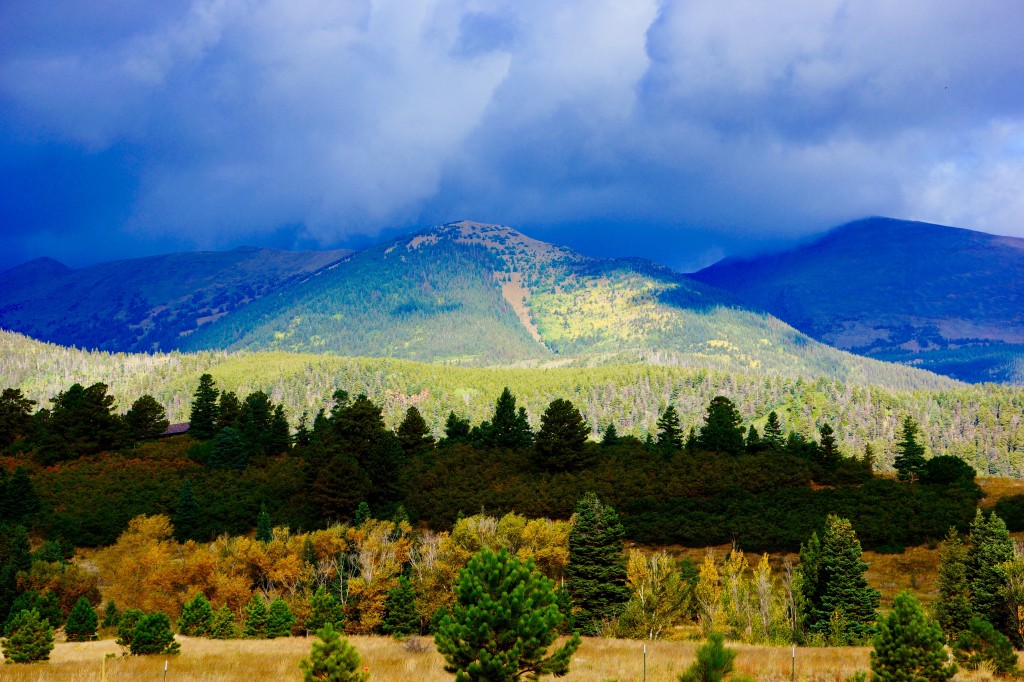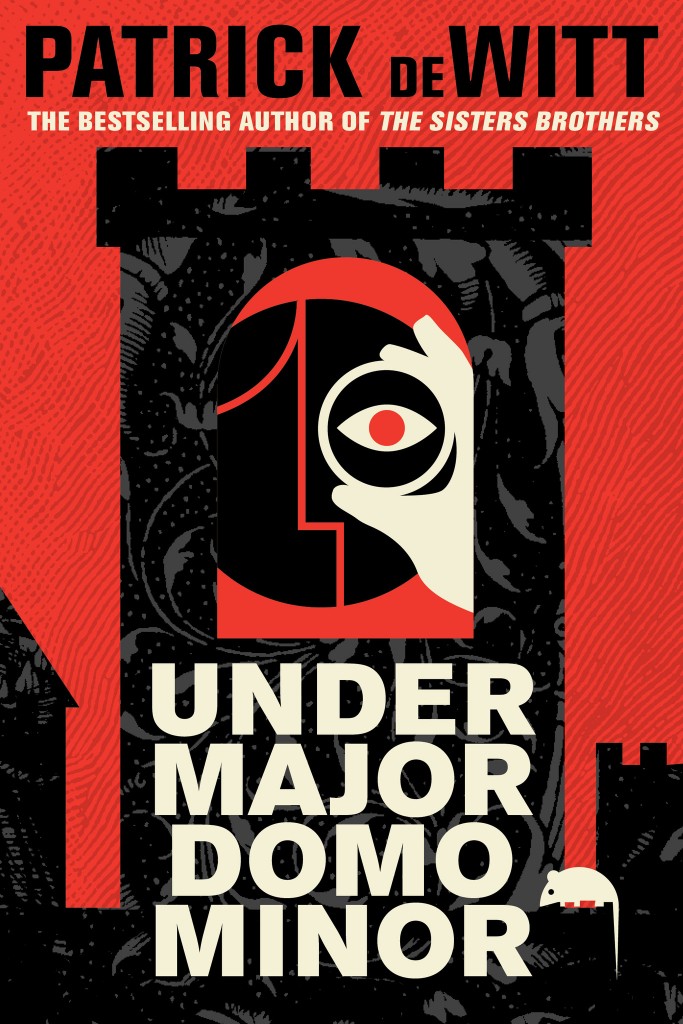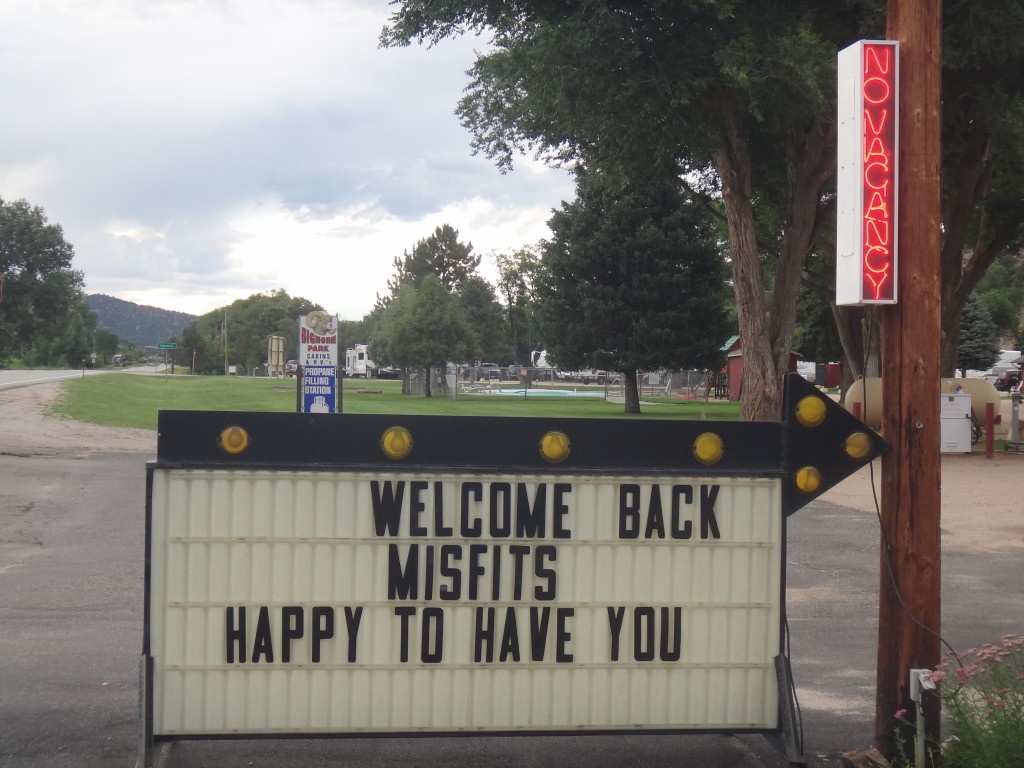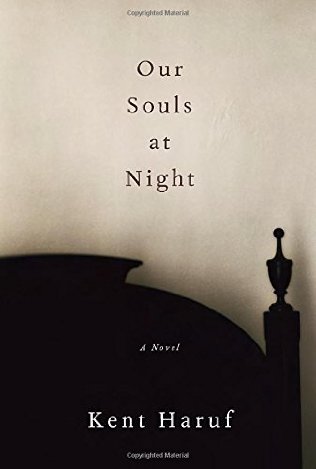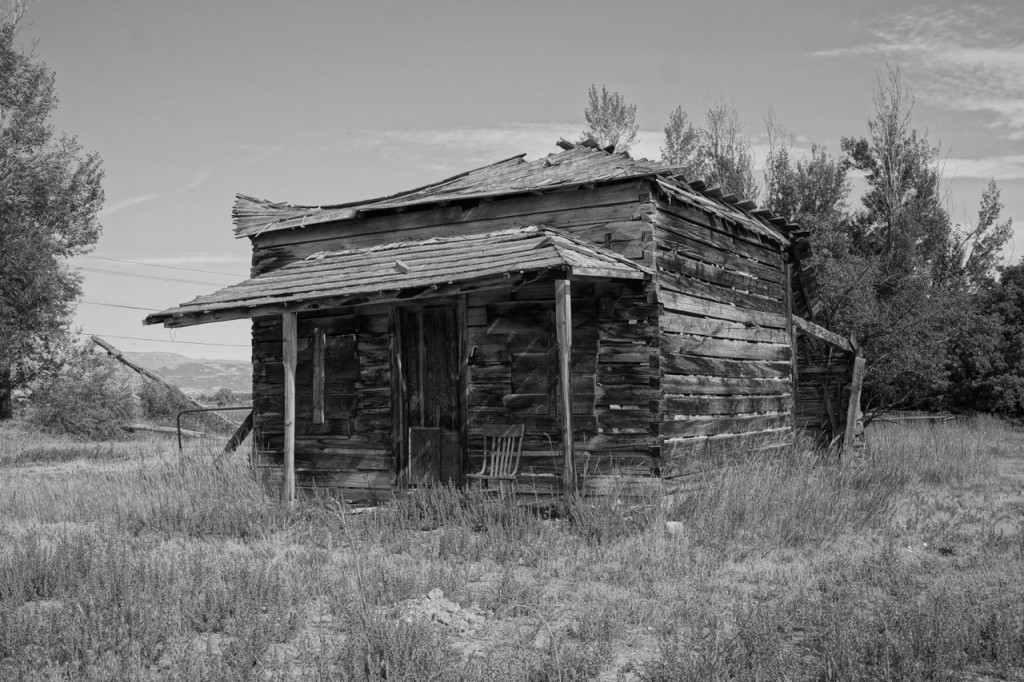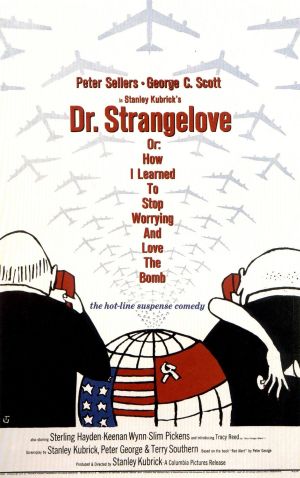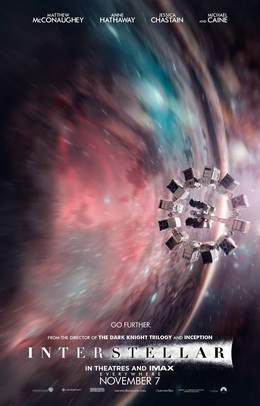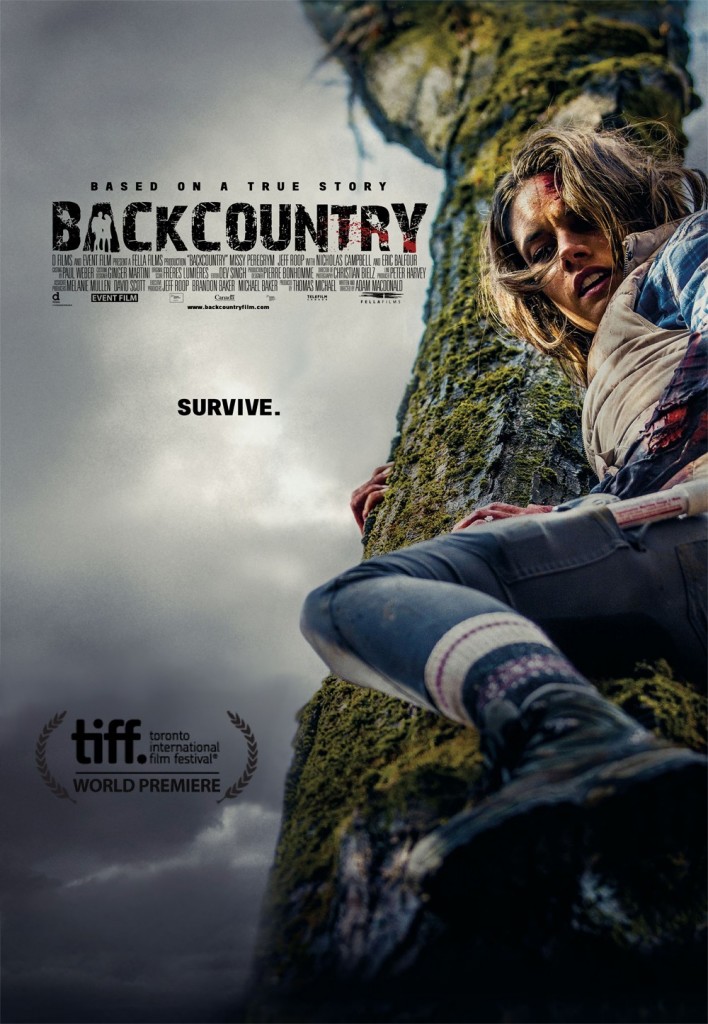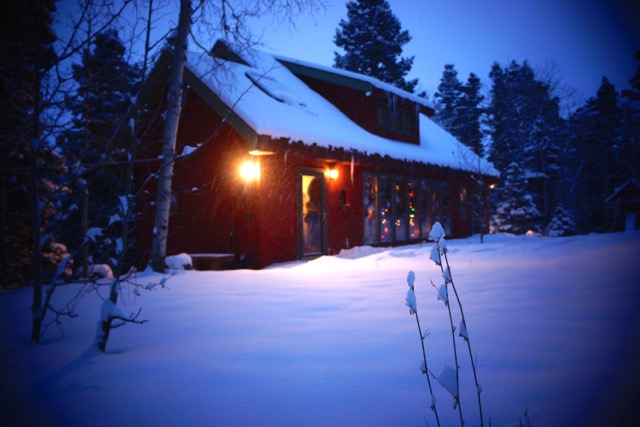So I should begin by the admission that I’m a diehard William Gay fan, and have been for years, ever since reading his first novel—The Long Home (1999), which was edited/published by none other than my own editor, Greg Michalson—though for my money Provinces of Night (2000) is still Gay’s best. He died three years ago, and I was sad to hear of his passing, then later excited to hear Dzanc Books had plans to publish two of his novels posthumously: Little Sister Death and The Lost Country. Little Sister Death came out this summer, though I just now got around to reading it, during Halloween Week no less. Spoiler alert: For various reasons I might give away some of (what passes for) the plot, just sayin’.
First off, the novel opens with a prologue that takes place in 1785, and which (kind of) establishes the progeny/origin of the spookiness otherwise known as the Bell Witch phenomenon, though this short prologue (nine pages) seems completely fictionalized, as it should be: this is a novel, after all, and we expect some lively (or deadly, as it were) events and descriptions. I’ve always thought of Gay as a kind of “poor man’s Cormac McCarthy,” which sounds like an insult, but in my estimation, McCarthy is so good that Gay doesn’t have to live up to that high mark, and if he comes close—as he does in Provinces of Night, for example, or his gruesome short story “The Paper Hanger”—that’s a great achievement. The prologue to Little Dead Sister (excuse the mangled title, but it somehow fits) fits the bill as imitation McCarthy in several ways: great sense of bloody history, anchored in period details and gritty descriptions, as in Blood Meridian; and a baby’s horrific death, as in McCarthy’s Outer Dark (1968). If the rest of the novel was as good as the prologue, Little Sister Death would be an excellent horror novel—gory and dark, as par for the course.
Unfortunately the novel falls apart after the prologue, and falls into a meta-trap of its own meta-making: the rest of the “plot” concerns one David Binder, a one-book writer living in Chicago who is trying to write a money-making genre novel based on the Bell Witch legend, a famous Tennessee ghost story. William Faulkner actually did this—wrote a “potboiler” to sell some books—with his novel Sanctuary (1931), famous for its corncob-rape depiction, but which is actually a pretty good novel—not one of his best, but odd enough to be worthy.
The problem in Little Sister Death’s “meta” section is that a) a writer writing about being a writer is self-reflexive, true, but also boring and trite; b) Binder (the writer) is rather amorphous and inert. He should have been the ghost, actually; and c) nothing really happens. Binder moves his “family” (they aren’t convincing or alive on the page), wife Corrie and daughter Stephie, to Tennessee, to live on the farm where the Bell Witch legend apparently took place. The usual follows. Bumps in the night. Menacing black dogs. The little girl, Stephie, sees spooky things, tells Daddy, seems fine with it.
There’s one scene where Binder and his wife make love by a pond, and Stephie is supposed to be there, but it’s almost as if Gay forgot about her. She shows up at the end of the scene, apparently politely waiting off-page while Mom & Dad are doing it. (If my wife and I did that? Indulged in a little hanky-panky while our daughter was off examining bugs on a picnic? We’d no doubt be interrupted by her screaming in the background, “That’s disgusting!” and blaring her “Love Alarm”—a buzzing sound she makes if we so much as smooch in her presence. But I forgot: That’s a real kid.) Later he writes her out of the story, which is just as well, since she doesn’t really seem to exist. (Perhaps she could be the ghost, too.)
In the “meta” section the novel’s flaws are too numerous to list: awkward descriptions, awkward transitions, too much exposition, characters that really don’t make much sense, and most damningly—for a horror novel, at least—nothing really scary. Near the end I was beginning to wonder if something would ever actually happen, besides seeing spooky-girl figures in the woods and hearing rats in the walls. It does: a copperhead snake bites a hillbilly wife-swapper, who deserves it. (His name is actually Vern. It made me think of the great scene in the Coen Brothers’ film Raising Arizona (1987), when Sam McMurray says, “I’m talkin’ wife-swappin’,” and Nicolas Cage slugs him.) But that’s about it. The novel closes with an awkward section of an authorial first person narrator, presumably William Gay, talking about his own interactions with the Bell Witch legend, which is neither here nor there, really, but comes across as a pasted-on justification for the scrambled scenes we just spent a few hours reading. Vern doesn’t even die from the snakebite! That would have been better. Or at least be bitten on the face, and have it swell up the size of a pumpkin, so there would be a pumpkin-head thing ranting in the hospital, screaming for more macaroni and apple juice. There’s even an extremely dated, cringe-worthy mention of that Nineties phenom, The Blair Witch Project (1999)—which, from Gay’s own coda, seems to have been a hit around the time he was writing Little Sister Death.
Perhaps it’s a case of What can you expect? It’s a posthumous novel, seemingly cobbled together from notes and half-written passages. As I’m writing a novel at the moment, I sympathize: Creating the coherent, cohesive, visionary novel such as Provinces of Night is not an easy task, and it doesn’t happen all the time. Ah well. Little Sister Death is not so much a horror novel as it is horrible: a reminder that art is hard, and tricky. After finishing it I took my daughter to a high-school Halloween carnival in a small town in Colorado, and their haunted house was scarier. Or even these jack o’ lanterns, carved with sharp knives while Tim Burton’s The Nightmare Before Christmas (1993) played in the background.

- October 2023
- September 2023
- September 2021
- April 2020
- September 2019
- May 2019
- August 2018
- February 2018
- January 2018
- October 2017
- August 2017
- June 2017
- May 2017
- March 2017
- February 2017
- November 2016
- October 2016
- May 2016
- April 2016
- March 2016
- February 2016
- January 2016
- November 2015
- October 2015
- September 2015
- June 2015
- May 2015
- April 2015
- March 2015
- December 2014
- September 2014
- August 2014
- May 2014
- March 2014
- February 2014
- January 2014
- December 2013
- November 2013
- October 2013
- September 2013
- August 2013
- July 2013
- June 2013
- May 2013
- April 2013
- March 2013
- February 2013
- January 2013
- December 2012
- November 2012
- October 2012
- September 2012
- August 2012
- July 2012
- June 2012
- May 2012
- April 2012
- March 2012
- February 2012
- January 2012
- December 2011
- November 2011
- October 2011
- September 2011
- August 2011
- July 2011
- June 2011
- May 2011
- April 2011
- March 2011
- February 2011
- January 2011
- December 2010
- November 2010
- October 2010
- September 2010
- August 2010
- July 2010
- June 2010
- May 2010
- April 2010
- March 2010
- February 2010
- January 2010
- December 2009
- November 2009
- October 2009
- September 2009
- August 2009
- July 2009
- June 2009
- May 2009
- April 2009
- March 2009
Recent Posts
- Aliens Among Us: Probing Hillbillies and Freaking Shut-ins, How Netflix’s “Encounters” and Hulu’s “No One Will Save You” Prep Us for the Coming Alien Apocalypse, Kind of
- My Life as a Bob Odenkirk Character: On How Watching Netflix’s Black Mirror episode “Joan Is Awful” Mimicked My Experience of Watching the AMC series Lucky Hank
- “Bobcats, Bobcats, Bobcats”: Animal Life and a Tribute to “Modern Family”
- “The North Water”: This Ain’t Your Daddy’s Moby Dick
- Day 25: On David Quammen's "Spillover": Terrific Book That Foretold Our Pandemic, Kind of
Recent Comments
No comments to show.
